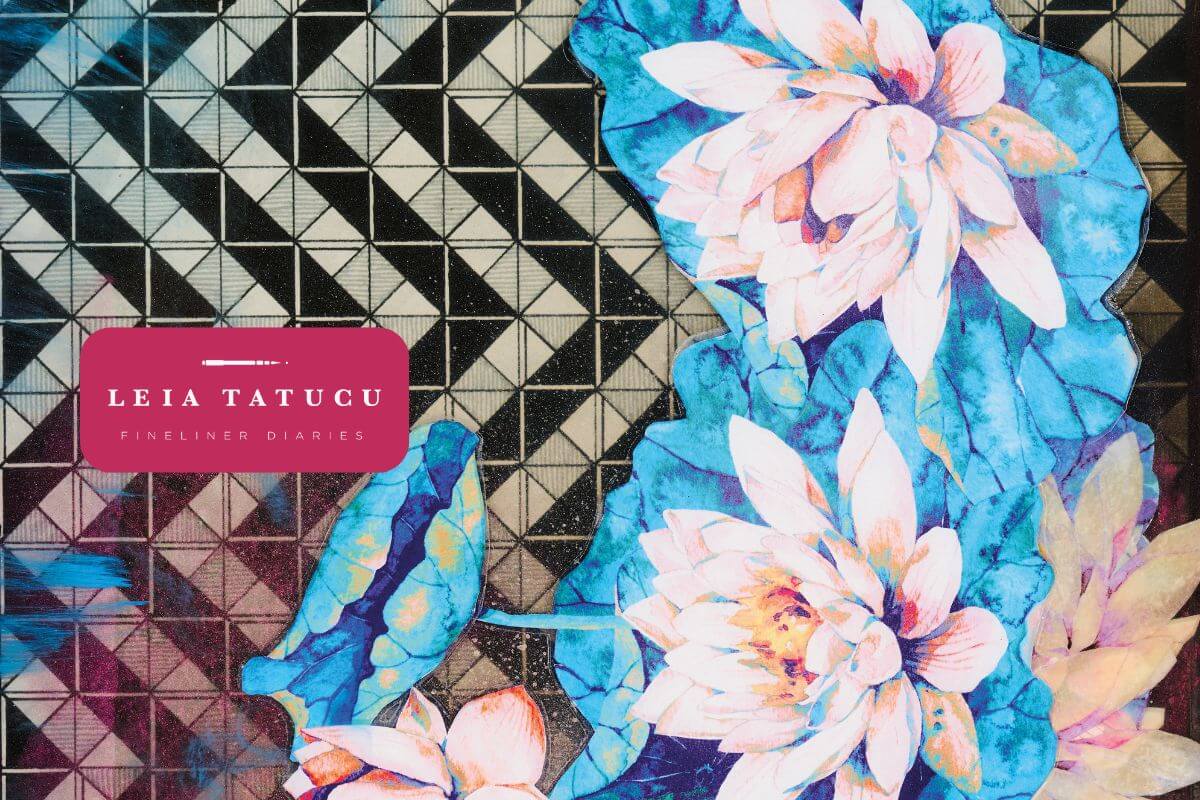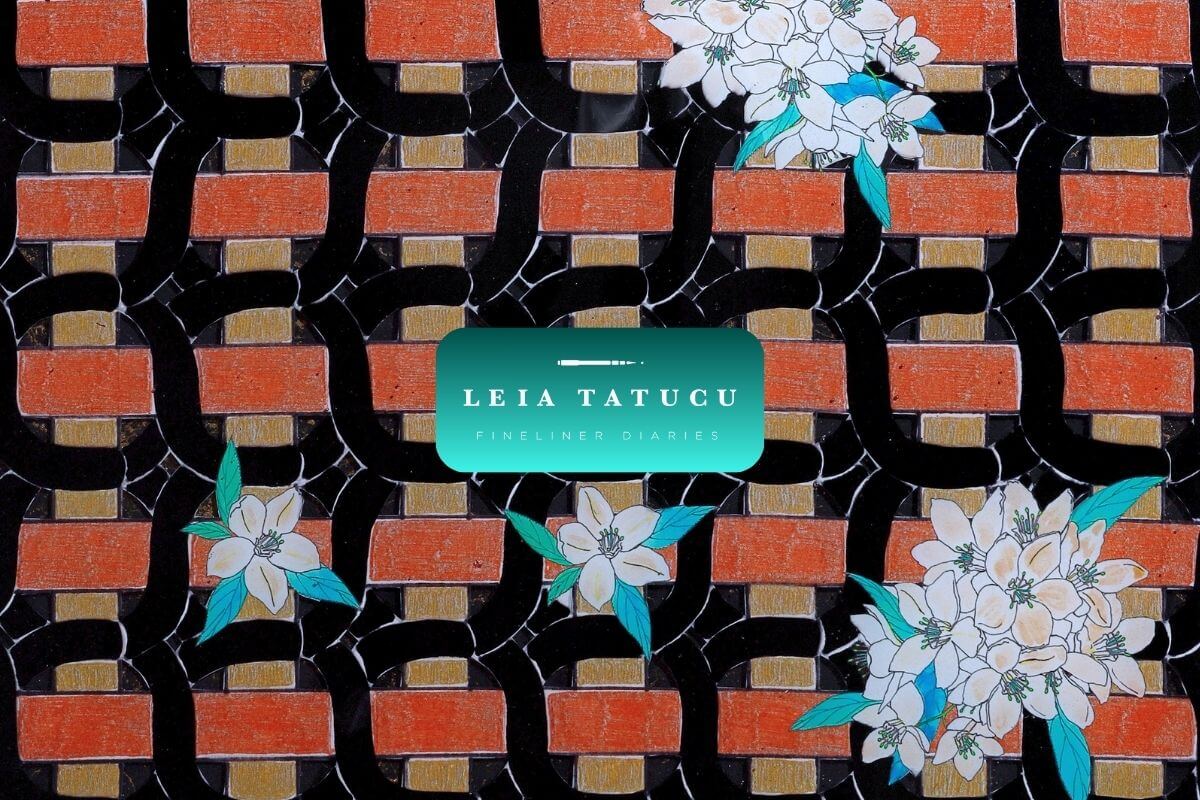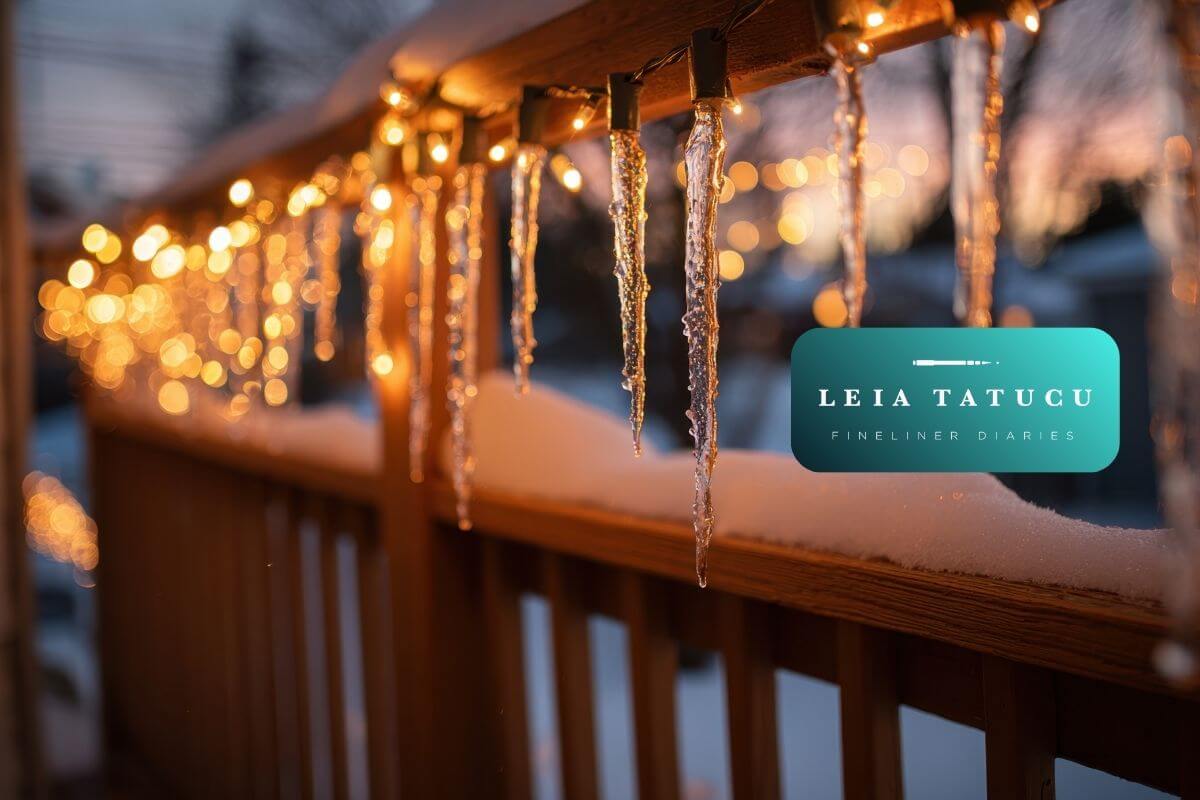
Reviving Old Ideas: The Creative Magic of Repurposing
Have you ever looked back at an old sketchbook, a drawing you thought was done, or a project you set aside, only to feel a spark of unfinished potential? That whisper that suggests a creative project isn't truly over, but merely waiting for its next stage? This feeling is a familiar companion for many creators, myself included. It speaks to the evolving nature of an artist's journey.
My own path is filled with such moments. Ideas that began as simple fineliner sketches, once deemed "complete," have often returned to me. Over time, they evolve, taking on new forms and meanings. This process of revisiting and repurposing creative work is more than just recycling; it’s a profound conversation with my past self. It's about recognizing that as I grow and my perspectives shift, a familiar concept can transform into something entirely new and resonant.
This week, I want to share a truly captivating concept: the power of creatively repurposing my ideas. We'll explore how revisiting work I once thought complete can unveil entirely fresh perspectives. What truly defines a "finished" piece of art? And how can an artist breathe new life into their creative endeavors, understanding that sometimes, "finished" is merely a pause, an invitation for the next iteration.

A New Perspective on Old Canvases: When "Finished" Isn't Quite Finished
The history of art is rich with examples of artists who returned to their own work. It's a testament to the idea that a creative concept is not always a static, one-time event, but often a living entity. Sometimes, an artist revisits a painting years later, adding new layers, altering a composition, or introducing a detail that completely changes the narrative. This isn't a sign of indecision, but of evolution—a recognition that the piece had more to say, more to become.
Think of it this way: the person who created that initial piece is not the same person returning to it. Time, experience, and new skills provide a different lens. What once felt complete might now seem like a foundation for something greater, a canvas awaiting its true form. A landscape painting might gain new depth with the addition of a figure, or an abstract piece could be transformed with a new color palette that reflects a different emotional state. The artwork hasn't changed, but the artist has, and that shift allows for its continued development.
In my own work, this process is central. A drawing I started years ago might feel relevant again, but in a new context. By combining it with different elements, like geometric patterns or resin pours, the original idea is reborn. It’s a dialogue between who I was and who I am now, resulting in an artwork that holds layers of personal history. This act of repurposing honors the original spark while allowing it to flourish with new wisdom, often reaching a level of completion that was previously unattainable.

When Is a Creative Work Truly Finished? Or Is It?
This is a question that has haunted artists, writers, and creators for centuries. Is a piece finished when it’s sold? When it’s published? Or is it a more personal, intuitive feeling, a moment of deep resonance? There is no single answer, and perhaps that is precisely the point. The idea of "finished" can be a fluid concept, a milestone rather than a final destination.
For some, a work is complete when it perfectly matches the vision they had at the outset. For others, completion is a more pragmatic decision, dictated by a deadline or the simple need to move on. However, an increasing number of creators are embracing the idea that "finished" is not a final destination, but a state that can be revisited as we ourselves evolve.
Viewing a creative work as an open-ended conversation can be incredibly freeing for an artist. It removes the pressure of achieving an impossible standard of perfection in one go. Instead, it allows a piece to be a snapshot of a particular moment in an artist's journey, understanding that the artist is continuously growing. And like any snapshot, they can always revisit it, reflect on it, and even add to its story later on, bringing it closer to its ultimate expression. This mindset shifts the focus from finality to continuity. It suggests that an artist's archives are not graveyards for old ideas, but fertile ground for future growth, waiting for the artist's evolution to reveal their next step.
I believe this continuous evolution is also why my paintings resonate so deeply with certain individuals. It's why some pieces speak to particular people more than others. The artwork, in its final, evolved form, finds its match, its home, when its story and journey align with that of a collector who falls in love with it—a testament to the power of a complete, yet continually evolving, narrative.

An Artist's Journey is Continuous
The act of creation is not always linear. It’s a winding path of discovery, reflection, and rediscovery. An artist's old ideas are not failures; they are stepping stones. They represent moments of inspiration that, perhaps, were not quite ready for their final form, waiting for the artist to evolve further.
By embracing the art of repurposing, an artist gives themself permission to grow. They acknowledge that their creative voice is always evolving, and they honor every stage of their journey, even those moments when they thought a piece was done, only to realize it had more life in it. So, when you look at a piece of art, consider its journey. The next truly finished, profound idea might be one that began long ago, waiting for the artist's current self to bring it to its ultimate completion.





Leave a comment
This site is protected by hCaptcha and the hCaptcha Privacy Policy and Terms of Service apply.